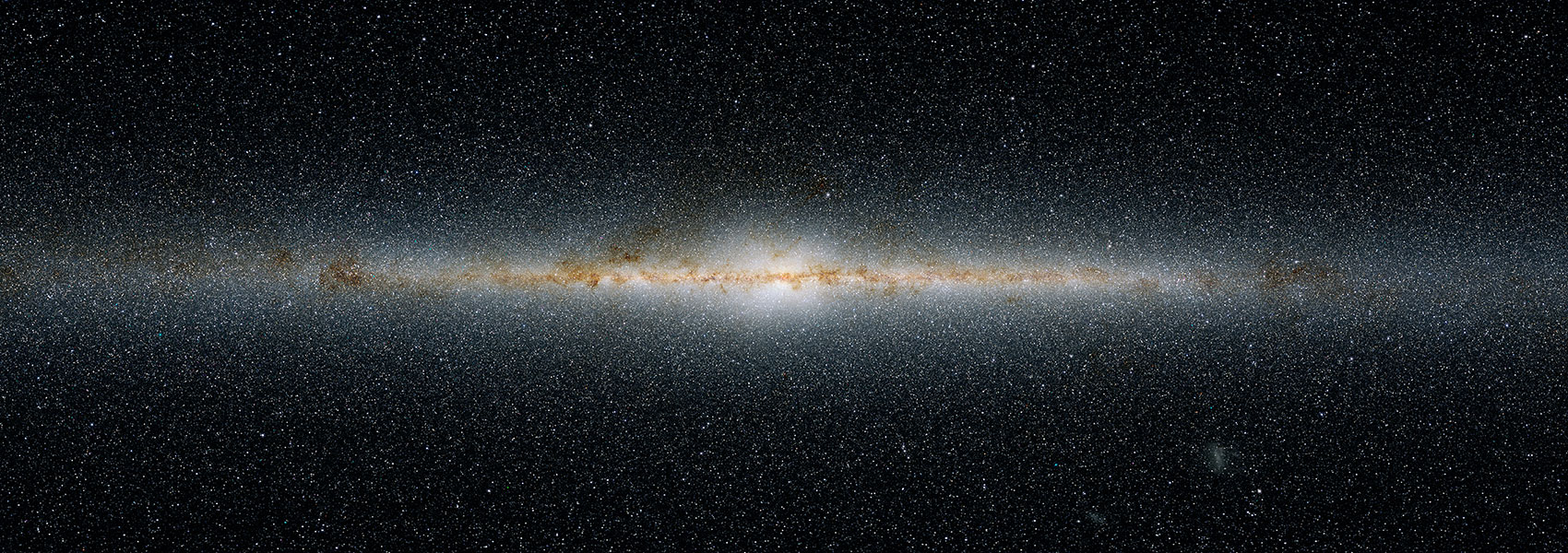
Uncovering a Massive z 7.7 Galaxy Hosting a Heavily Obscured Radio-loud Active Galactic Nucleus Candidate in COSMOS-Web
January 2024 • 2024ApJ...961L..25L
Abstract • In this Letter, we report the discovery of the highest redshift, heavily obscured, radio-loud (RL) active galactic nucleus (AGN) candidate selected using JWST NIRCam/MIRI, mid-IR, submillimeter, and radio imaging in the COSMOS-Web field. Using multifrequency radio observations and mid-IR photometry, we identify a powerful, RL, growing supermassive black hole with significant spectral steepening of the radio spectral energy distribution (f 1.28 GHz ~ 2 mJy, q 24 μm = -1.1, α 1.28-3 GHz = - 1.2, Δα = - 0.4). In conjunction with ALMA, deep ground-based observations, ancillary space-based data, and the unprecedented resolution and sensitivity of JWST, we find no evidence of AGN contribution to the UV/optical/near-infrared (NIR) data and thus infer heavy amounts of obscuration (N H > 1023 cm-2). Using the wealth of deep UV to submillimeter photometric data, we report a singular solution photo-z of z phot = ${7.7}_{-0.3}^{+0.4}$ and estimate an extremely massive host galaxy $(\mathrm{log}{M}_{\star }=11.92\pm 0.5{M}_{\odot})$ hosting a powerful, growing supermassive black hole (L Bol = 4-12x × 1046 erg s-1). This source represents the farthest known obscured RL AGN candidate, and its level of obscuration aligns with the most representative but observationally scarce population of AGN at these epochs.
Links
- PREPRINT http://arxiv.org/abs/2308.12823
- NED https://ned.ipac.caltech.edu/uri/NED::InRefcode/2024ApJ...961L..25L
- ELECTR https://doi.org/10.3847/2041-8213/ad11ee
- SIMBAD https://simbad.u-strasbg.fr/simbad/sim-ref?querymethod=bib&simbo=on&submit=submit+bibcode&bibcode=2024ApJ...961L..25L
- PDF https://iopscience.iop.org/article/10.3847/2041-8213/ad11ee/pdf
- DATA https://archive.stsci.edu/mastbibref.php?bibcode=2024ApJ...961L..25L
- DATA https://archive.stsci.edu/mastbibref.php?bibcode=2024ApJ...961L..25L
- DATA https://doi.org/10.17909/ym93-d513
- DATA https://hst.esac.esa.int/ehst/#/pages/search;bibcode=2024ApJ...961L..25L
- DATA https://irsa.ipac.caltech.edu/bibdata/2024/L/2024ApJ...961L..25L.html



